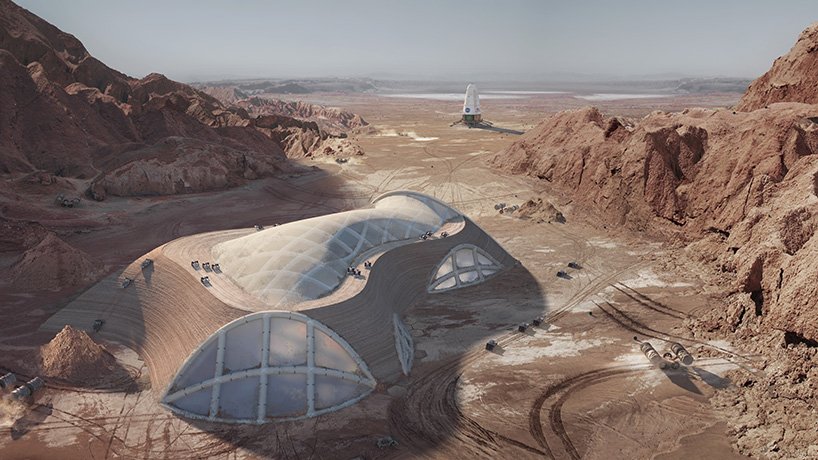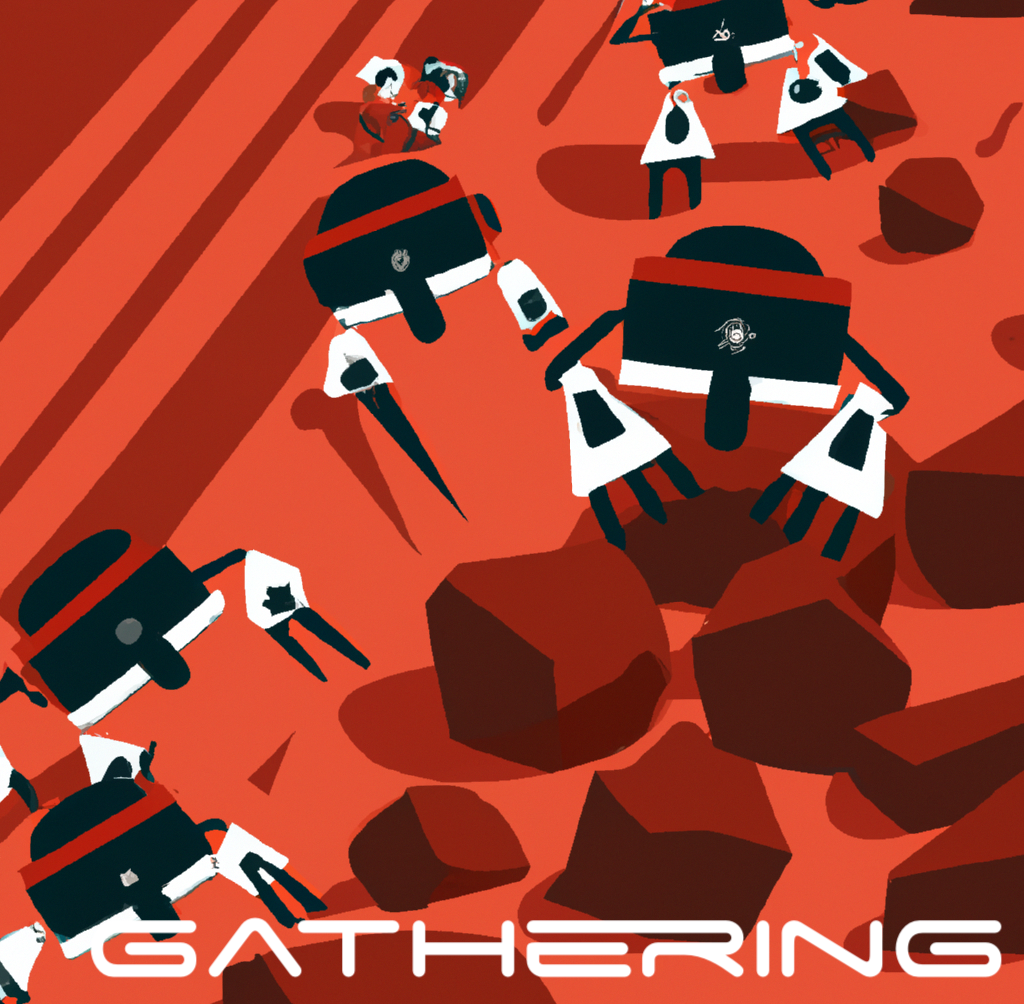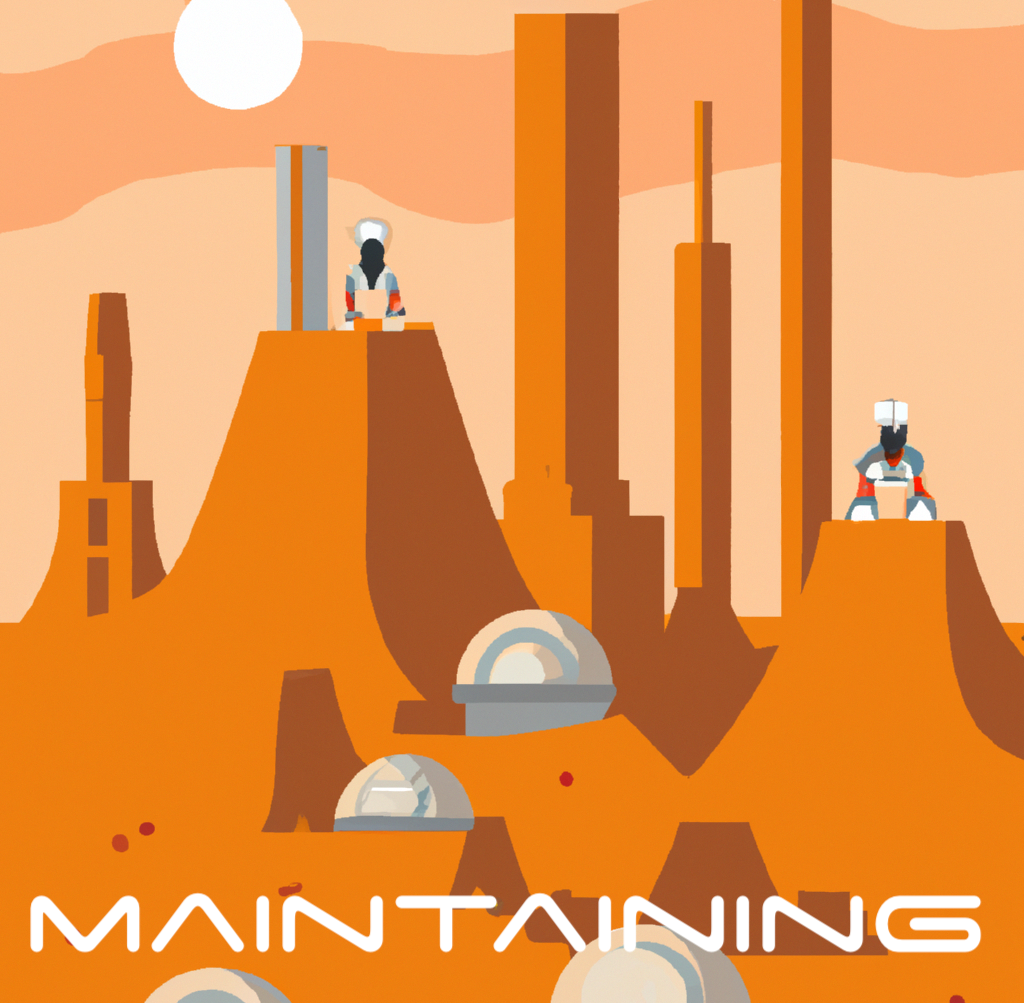Welcome to Mars
Mars
Length of Year: 687 Earth days
Length of day: 24 hours 37 minutes
Low temperature: -284 degrees Fahrenheit
High temperature: 86 degrees Fahrenheit
Average temperature: -81 degrees Fahrenheit
Diameter: 4,220 miles (half of Earth)
Gravity: 0.375 that of Earth
Atmosphere: 96% carbon dioxide
Number Moons: 2
Distance from Sun: 142 million miles
Radiation: 40-50 that on Earth
Communication lag to Earth: 7 min one way
Mars has always been a source of fascination for humanity, and in the coming years, we may finally be able to establish permanent settlements on the red planet. However, this won't be an easy feat. Mars is an incredibly hostile environment compared to Earth. Its atmosphere is very thin, and it's extremely cold, with temperatures that can drop as low as -284 degrees Fahrenheit. Building a self-sustaining colony on Mars will require significant technological advances in areas like robotics and resource utilization. Despite the challenges, scientists and engineers around the world are actively working to overcome these obstacles and make human habitation on Mars a reality.

Congratulations! You have been tasked with designing a settlement for the red planet, and particularly the robotic system to construct it. In this mission briefing, you will be introduced to the current research and concepts people have looked into as they have imagined ways to live on Mars, going step by step.
Ready, astronaut candidate? Let's launch.
As a first solution, we can imagine bringing up separate capsules from Earth and connecting them together. This may be the first step to establishing a settlement.

However, as more humans arrive on Mars, building up settlements in this way becomes costly and not scalable. It costs about $4,000 / kg to bring supplies to low earth orbit, and many times that to the surface of Mars. Though the cost is bound to decrease, the limits of the rocket equation will still make bringing up so much mass for a Martian base inefficient. Furthermore, radiation on the Martian surface can still penetrate capsules, impacting the well being of our astronauts.
What if we use Martian regolith, that beautiful red dust, to build our settlement? Researchers call this building in-situ, or utilizing the local materials available. That way we use it to protect ourselves form radiation, while only bringing the minimum life support systems we need from Earth.

We can get our astronauts to build these structures, but the harsh planetary conditions, cost of sending up materials, and time it takes to build makes this process unsafe. This means we will need to create robots that can find, carry, build, and then maintain our buildings between our missions and before the first humans even land on Mars.
What robots should we use?
We need a robot that satisfies a few goals. First, that won't break down in harsh conditions. Second, it has to operate autonomously as the communication lag between the Earth and Mars is 7 minutes, not allowing for the real time control by a human operator as it takes 15 min to recieve information from Mars and send back instructions. Third, it has to be capable of handling complex tasks over the Martian surface.
We can potentially bring a single rover to Mars that is an allstar and does it all. All the rovers we have sent up to Mars so far have been single robots with multiple tools, tele-operated (with some lag) by operators on Earth.
Perseverance Rover
This rover has been on Mars the past 2 years, seeking signs of ancient life and collecting rock samples. It has instruments for drilling, imaging, and even a helicopter. The science it is conducting is helping us understand Mars better, and has shown amazing findings such as it is possible to fly in the Martian atmosphere.
But how do we fit all the tools we need to build habitats onto one big rover?
This is a huge engineering challenge.
And what if the rover maltfunctions?
We would need to send up another one.
And how long will it take a single rover to build a settlement?
A long time.
With a single rover, we run into some issues we need to think through. If it breaks down, we will need to send another rover to Mars, which may take a few years. And even if in the small chance it doesn't, it will take a single rover years to build a single habitat, even assuming we can make it function autonomysly to avoid the 20 min Earth-based control delay. Space is a tough place, and if we want to build a settlement we need to come up with another solution.
Humans on Earth always build in groups. It takes hundreds of people, each with their own job, to construct a Martian rover. It would take one person decades. If we look at nature, we see how animals, such as termites, work together to construct settlements many times their size.
Swarms in Nature
These animals, who independently can do little, together do a lot. Can we learn from biology to allow life to flourish on Mars?
Can we have a lot of smaller robots, each doing their own thing, build up a Martian settlement together? We can imagine each robot being part of a swarm, doing it's own thing, contributing to a common goal.
Swarm Robotics May be Our Path to Mars!
Researchers, space-architects, space agencies, and biologists have started to ask this question and explore the possibilities of swarm robotics for building settlements on Mars. Taking inspiration from nature, their research hints at just the beginning of what is possible. Observing natural phenomenons on Earth may teach us how to bring life to other planets.
Settling Mars
Once we have our swarm of robots, we can think about making a settlement in 4 main steps, each with its own mission objective.

1. Finding
We need to map the Martian surface to find places to build, regolith to mine, water to drink, and to conduct scientific experiments. We can imagine land based or flying swarms of robots exploring the planet.

2. Gathering
Now that we found materials, we need to collect the regolith and bring it to where we are building our settlement. We can imagine special digger and carrier robots that work together.

3. Building
With the regolith, we now need to build habitats in-situ. We can imagine special 3d printing robots working together to create human livable habitats.

4. Maintaining
Now that we have a settlement, we need to make sure we maintain it for it to last for future generations of Martians. Swarms can help maintain the settlement, making it larger over time.
Your Mission Briefing
Your mission briefing will consist of looking into each of these stages, understanding the swarm robotics concepts and existing research for each of these mission objectives. Each page of this brief will focus on one stage. For each stage, you will be briefed on examples of natural phenomenon of swarms that may be adapted for that specific stage. You will then explore current research going on.
-------------------
This briefing is meant to introduce you the fantastical world of swarms, robotics, architecture, and space habitation. Throughout, ask yourself: What can we learn from biology to help us bring life to Mars?


